You are using an out of date browser. It may not display this or other websites correctly.
You should upgrade or use an alternative browser.
You should upgrade or use an alternative browser.
OK then, let's see YOUR infrared images please.
- Thread starter g8ina
- Start date
- Messages
- 7,314
- Name
- Alan
- Edit My Images
- No
They sure are. Not really Infra Red weather at the moment but went out yesterday determined to get some shooting in:
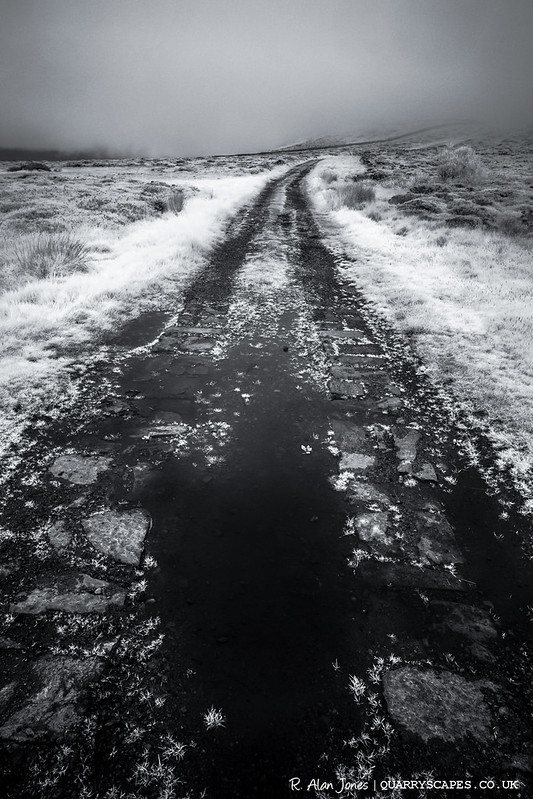 Lead Me To Nowhere by Alan Jones, on Flickr
Lead Me To Nowhere by Alan Jones, on Flickr
 Red Castle by Alan Jones, on Flickr
Red Castle by Alan Jones, on Flickr
 Sheep by Alan Jones, on Flickr
Sheep by Alan Jones, on Flickr
 Follow my tracks by Alan Jones, on Flickr
Follow my tracks by Alan Jones, on Flickr
Can anyone see a cast on the monos? They're colour output from the Zomei filters. I can't see any cast on my screen though the histogram tells me there should be some areas of colour, my phone shows a teensy tiny bit of purple perhaps. For some reason however, if I try and process as Black and white in lightroom the exposure is suddenly dropped, likewise if I slide the saturation all the way left or try and use a camera monochrome profile. Very strange.
 Lead Me To Nowhere by Alan Jones, on Flickr
Lead Me To Nowhere by Alan Jones, on Flickr Red Castle by Alan Jones, on Flickr
Red Castle by Alan Jones, on Flickr Sheep by Alan Jones, on Flickr
Sheep by Alan Jones, on Flickr Follow my tracks by Alan Jones, on Flickr
Follow my tracks by Alan Jones, on FlickrCan anyone see a cast on the monos? They're colour output from the Zomei filters. I can't see any cast on my screen though the histogram tells me there should be some areas of colour, my phone shows a teensy tiny bit of purple perhaps. For some reason however, if I try and process as Black and white in lightroom the exposure is suddenly dropped, likewise if I slide the saturation all the way left or try and use a camera monochrome profile. Very strange.
- Messages
- 2,650
- Edit My Images
- Yes
- Messages
- 2,748
- Name
- Julian
- Edit My Images
- Yes
Cant see any noticeable colour cast on my monitor which is calibrated so should look ok.They sure are. Not really Infra Red weather at the moment but went out yesterday determined to get some shooting in:
Lead Me To Nowhere by Alan Jones, on Flickr
Red Castle by Alan Jones, on Flickr
Sheep by Alan Jones, on Flickr
Follow my tracks by Alan Jones, on Flickr
Can anyone see a cast on the monos? They're colour output from the Zomei filters. I can't see any cast on my screen though the histogram tells me there should be some areas of colour, my phone shows a teensy tiny bit of purple perhaps. For some reason however, if I try and process as Black and white in lightroom the exposure is suddenly dropped, likewise if I slide the saturation all the way left or try and use a camera monochrome profile. Very strange.
- Messages
- 1,327
- Name
- Andy
- Edit My Images
- No
- Messages
- 2,115
- Name
- Kevin
- Edit My Images
- No
Taken on Holy Island / Lindisfarne with Rollei IR 400 film in a Yashicamat 124g with a Hoya R72 filter:

Beacon on Holy Island by Kevin Allan, on Flickr

Beacon on Holy Island by Kevin Allan, on Flickr
- Messages
- 5,417
- Name
- Terry
- Edit My Images
- Yes
Yes Norkie. Always use a filter but you can use any with full spectrum.
- Messages
- 5,417
- Name
- Terry
- Edit My Images
- Yes
My 950nm filter acts a little like a little stopper and gives pure b&w. Great filter on my panty g1
- Messages
- 5,417
- Name
- Terry
- Edit My Images
- Yes
Panny. Bloody phone lol
Canon Bob
Loves the Enemy
- Messages
- 9,754
- Name
- Bob
- Edit My Images
- Yes
Given that you'll be moving, albeit gently, I'd choose one that has quite a low filter factor so that your choice of shutter speed won't be restricted too much.I'm taking my EOS M full spectrum, what would be a good filter choice please?
Bob
Last edited:
- Messages
- 2,748
- Name
- Julian
- Edit My Images
- Yes
But if it's a full spectrum with a filter on the front of the lens, it should behave as a normal camera regarding shutter speed - mine does. I can normally shoot at 1/1000 easily in good light - obviously as the light drops so does shutter speed.
I would personally take my 680, 720 and 850 filters up in a balloon (if you ever got me in one) - should give plenty of scope.
I would personally take my 680, 720 and 850 filters up in a balloon (if you ever got me in one) - should give plenty of scope.
Canon Bob
Loves the Enemy
- Messages
- 9,754
- Name
- Bob
- Edit My Images
- Yes
Are you saying that the exposure value of the scene is the same whether you use your 680 or 850nm filters?But if it's a full spectrum with a filter on the front of the lens, it should behave as a normal camera regarding shutter speed - mine does. I can normally shoot at 1/1000 easily in good light - obviously as the light drops so does shutter speed.
- Messages
- 2,748
- Name
- Julian
- Edit My Images
- Yes
No but generally shutter speed is not an issue on a full spectrum or converted camera as it is on a non converted camera. As long as there is sufficient natural light around then shutter speed is not really a problem - at least I've never found it to be on any of the conversions I've done. My current Panny G1 has no issues with shutter speed as long as the light is good - obviously if the light is bad with little or no IR, you are in trouble - but on a full spectrum conversion, you can just use it with no filter at all and just go for the retro washed out look.Are you saying that the exposure value of the scene is the same whether you use your 680 or 850nm filters?
Canon Bob
Loves the Enemy
- Messages
- 9,754
- Name
- Bob
- Edit My Images
- Yes
My 720 conversion requires longer exposure times than my 590 (as would seem logical). I would therefore assumed that eliminating more light (as per 850nm) would further increase the exposure time. The second part of the equation is how much light (above the cutoff) the filter "swallows" in achieving its objective.....not all 720nm filters are as efficient as their peers in the same way that some polarisers cut more light than others.
Bob
Bob
- Messages
- 573
- Name
- Derek
- Edit My Images
- Yes
Here are my 1st shots with my newly converted pentax k01, 7 shot pano
 k01_ir 1stsm by dr.shutter, on Flickr
k01_ir 1stsm by dr.shutter, on Flickr
 k01_ir 1stsm by dr.shutter, on Flickr
k01_ir 1stsm by dr.shutter, on Flickr- Messages
- 5,417
- Name
- Terry
- Edit My Images
- Yes
In 1965?
- Messages
- 11,235
- Name
- Jak
- Edit My Images
- No
- Messages
- 5,417
- Name
- Terry
- Edit My Images
- Yes
- Messages
- 7,314
- Name
- Alan
- Edit My Images
- No
Been bored as hell today, too hot for walking about hoping an interesting cloud comes over! Went out in the garden and stalked the dog instead!
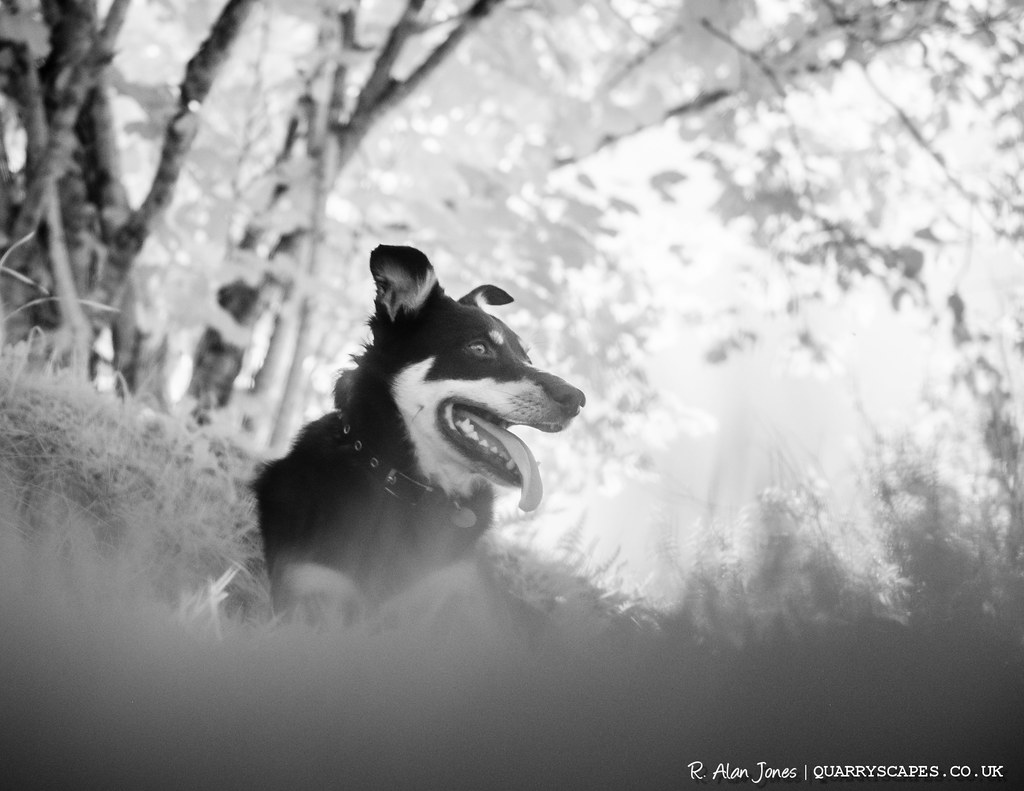 Dexter in Wonderland by Alan Jones, on Flickr
Dexter in Wonderland by Alan Jones, on Flickr
 Dexter in Wonderland by Alan Jones, on Flickr
Dexter in Wonderland by Alan Jones, on Flickr- Messages
- 5,417
- Name
- Terry
- Edit My Images
- Yes
Sailing boat at Llangranog.
950nm IR with 10 stop ND filter and selenium toned in Silver FX Pro.
[url=https://flic.kr/p/Kg5b8z]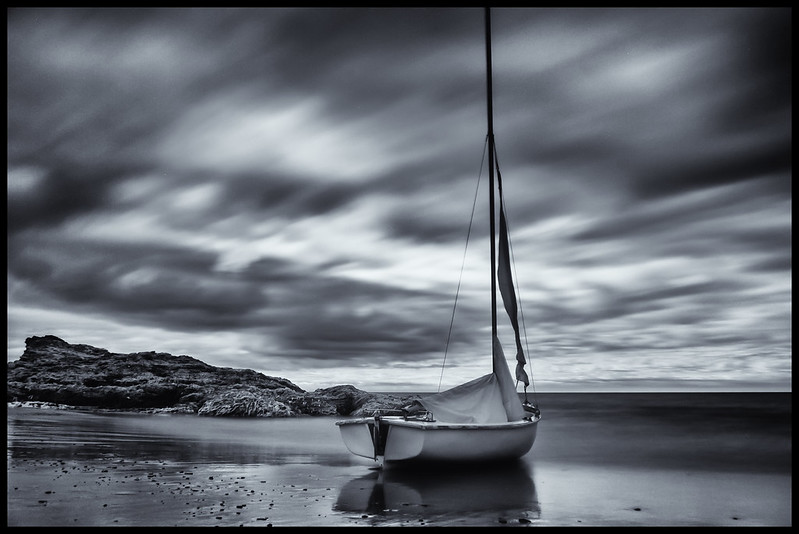 IR Boat by Terence Rees, on Flickr[/URL]
IR Boat by Terence Rees, on Flickr[/URL]
950nm IR with 10 stop ND filter and selenium toned in Silver FX Pro.
[url=https://flic.kr/p/Kg5b8z]
 IR Boat by Terence Rees, on Flickr[/URL]
IR Boat by Terence Rees, on Flickr[/URL]- Messages
- 5,417
- Name
- Terry
- Edit My Images
- Yes
St. Mary's Church, Kidderminster.
IR 720 in colour
[url=https://flic.kr/p/Kk8JNK]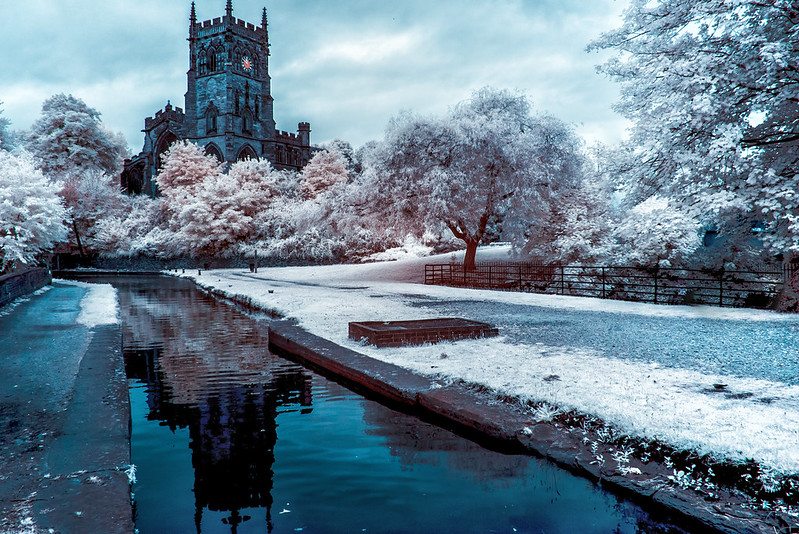 St Marys Church IR720 by Terence Rees, on Flickr[/URL]
St Marys Church IR720 by Terence Rees, on Flickr[/URL]
IR 720 in colour
[url=https://flic.kr/p/Kk8JNK]
 St Marys Church IR720 by Terence Rees, on Flickr[/URL]
St Marys Church IR720 by Terence Rees, on Flickr[/URL]- Messages
- 2,411
- Edit My Images
- No
- Messages
- 2,411
- Edit My Images
- No
thats really nice james ^^
Thanks for looking and taking the time to comment
- Messages
- 573
- Name
- Derek
- Edit My Images
- Yes
Was in Iceland last week for a few days, brought my IR camera with me, funnily enough three of us went and 2 of us shoot IR 
Here are 2 of my IR shots from Iceland, will post more as I edit them.
Taken with a pentax K01 full spectrum converted, with a 680nm filter
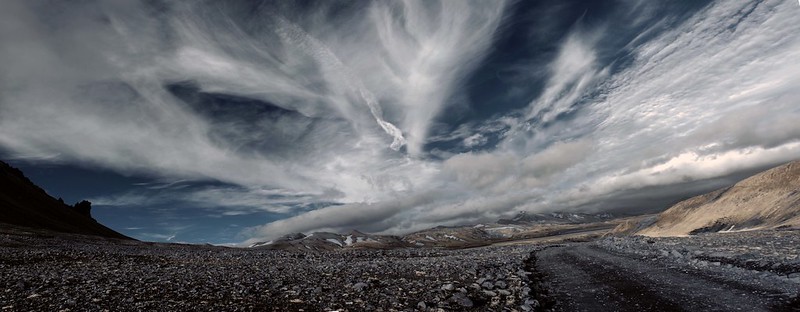 Un_Panoramasm2 by dr.shutter, on Flickr
Un_Panoramasm2 by dr.shutter, on Flickr
 Untitled_xcopterPanoramasm1 by dr.shutter, on Flickr
Untitled_xcopterPanoramasm1 by dr.shutter, on Flickr
Here are 2 of my IR shots from Iceland, will post more as I edit them.
Taken with a pentax K01 full spectrum converted, with a 680nm filter
 Un_Panoramasm2 by dr.shutter, on Flickr
Un_Panoramasm2 by dr.shutter, on Flickr Untitled_xcopterPanoramasm1 by dr.shutter, on Flickr
Untitled_xcopterPanoramasm1 by dr.shutter, on Flickr









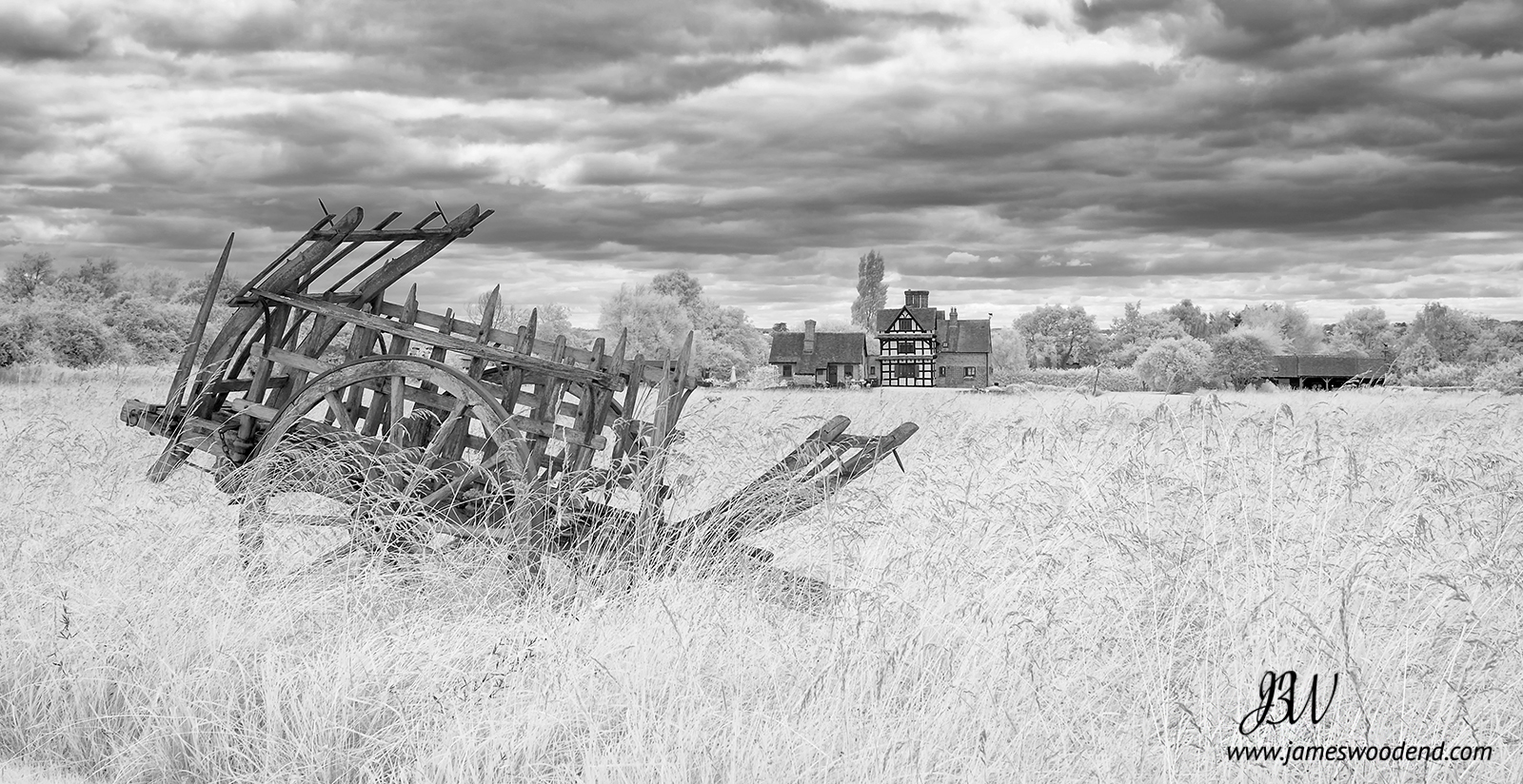 The old har cart
The old har cart